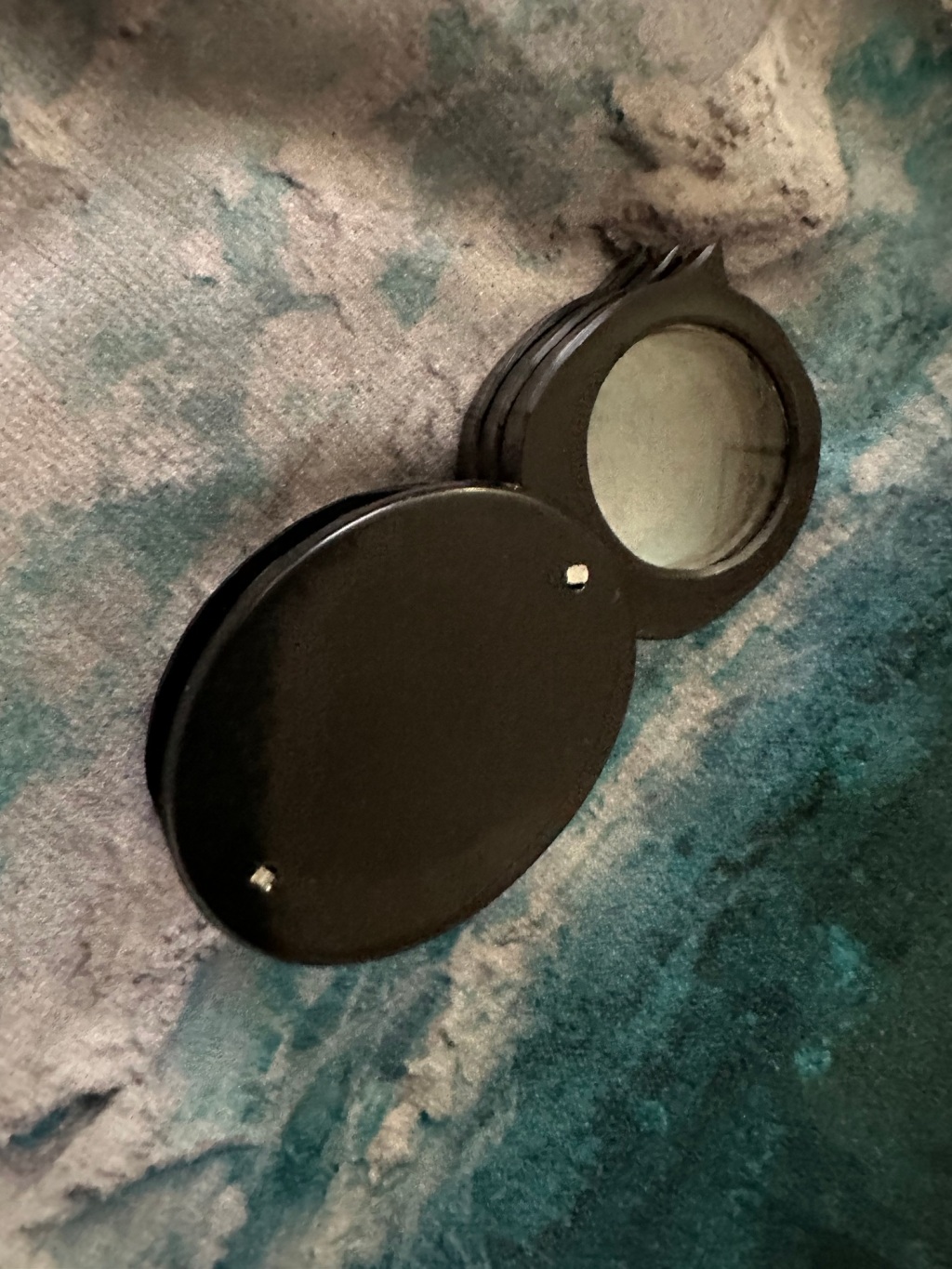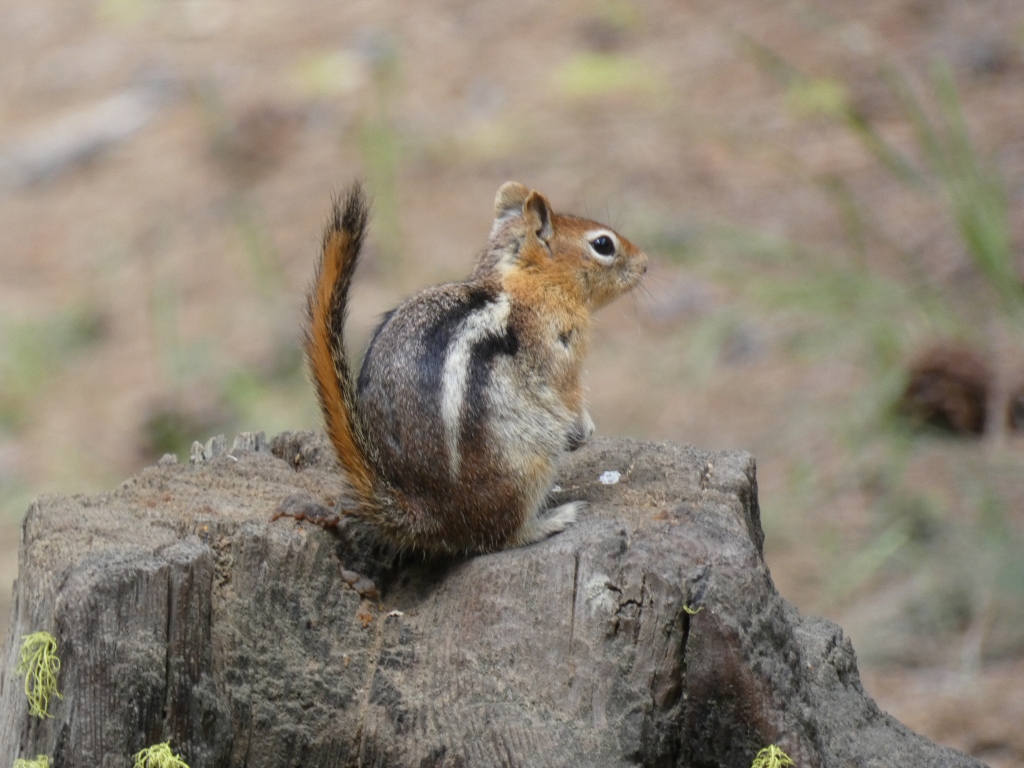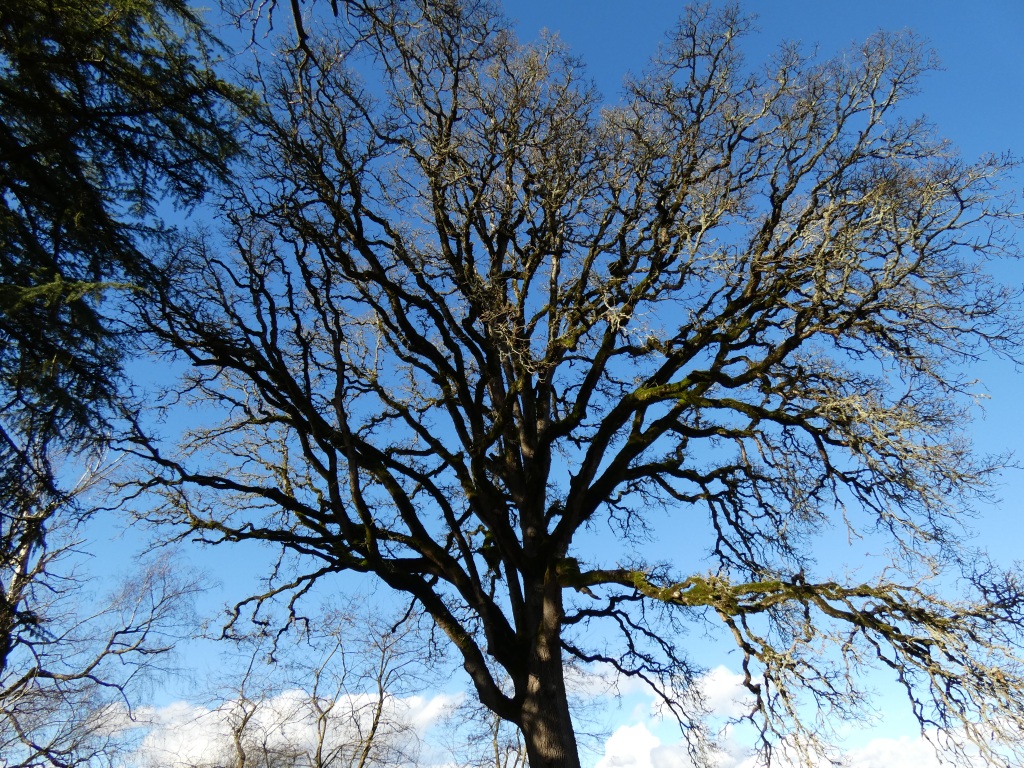
As a naturalist, I spend a lot of time learning about and exploring the Pacific Northwest. And despite my best efforts, my brain simply cannot hold on to everything I observe, experience, and wonder about. Which is why when I reconnected to the practice of nature journaling, I immediately fell in love with it. I think it is a fantastic way to record our connection to the world around us and would recommend it to anyone trying to spend more time outdoors learning about their local ecology. But what is it and why should you give it a shot?

What is Nature Journaling?
So before I go too much further, a disclaimer. If you asked 100 nature journalers to describe nature journaling, you would likely get 100 different answers (or pretty close). So I can only provide my own explanation. But if by the end of this post, you still want to learn more, I highly recommend checking out the information on my Resources page.
To me, Nature Journaling is the practice of recording your experiences outside. There is no “right” way to do it. Often, it includes some combination of words, images, and numbers to describe what we see, feel, experience, and more. The words could take the form of short descriptions, longer narratives, or poetry inspired by the world around the observer. Images may be hand-drawn (pen, pencil, or color), created digitally, photographs, or even examples of ephemera collected. The numbers might be in the form of a bird count, data about the weather that day, time/location, or formatted into a graph that illuminates patterns more clearly. For the individual nature journaler, each of these approaches may be the “right” one. Or they may even vary over time.
For me personally, I enjoy drawing and sketching in my journals. It is a skill that I am trying to grow and I find that it forces me to pay close attention and really take time with what I am observing. Most of my written entries are descriptions of the details that I feel I can’t quite capture with my drawings. Though occasionally I add a poetic flair for good measure. And though I’m a bit ashamed to admit it (though I am trying to challenge myself more), as a math teacher, most of my numerical data is simple frequency charts. Though I like to add a fun graph (with color, of course!) now and then.
Some entries are short – no more than a sentence or two with a small sketch. Others cover several pages – with larger images or ones that show multiple details. Sometimes I even try to draw maps showing the path that I have taken. Which again highlights that there is no one way to nature journal.
And there is no one place to nature journal either. Naturally, I have journaled while on trips to mountains and deserts, but I’ve also journaled about the crows during my lunch break making their home in the sparse trees of the city. Nature can be found all around us, from soaring vistas to the plants and mosses that sprout between the cracks in the sidewalk. I’ve found there is power and peace in taking the time to just notice.

Why Should You Try It?
With the recent increase in technology use in our day to day lives, it can be easy to spend a lot of time indoors. And there is plenty of research that supports why we might need a break. Spending even a few minutes outdoors helps to lower blood pressure, reduce feelings of stress, boost our immune system and our mood (if you want to learn more, I highly recommend “The Nature Fix” by Florence Williams). It can also help us to better focus on our other tasks.
But why try nature journaling?
To create any habit, you need to spend time doing it. And for me, nature journaling is an easy way to create time and space to spend outdoors, while fostering curiosity and creativity. Start with five minutes, some paper, a pencil, and a space outdoors. You don’t have to travel far, just outside the door of your home, office, or school. Write about something that catches your attention – what does it look like (color, shape, size…), where is it located, how might it have come to be there… Don’t worry if you don’t know the proper name for it. You can give it a name that makes sense to you or leave space to add later when you make the connection. Capture the general outline and add a few details if there is time. If there are multiples, how many are there? Count them up and add that to your paper too.
Then the next day or the next week, try it again. Go look at the same thing (if it is still there) and if not, is there something new in it’s place? Or maybe visit a new spot and practice the same skills again. Or maybe add a new detail or a few more words. Or spend a few extra minutes if your schedule allows. Will it look fancy like a botanical work of art – probably not at first, but with practice maybe you will grow as a writer, artist, or mathematician. Your journal does not have to be for anyone, but yourself. Though I would encourage you to share your journey when you are comfortable. If you try this for a few days, weeks, or months, you will suddenly find that you have your own record of your learnings about the world – your very own naturalist’s notebook! Because you too are a student of the world.
What then?
Stay tuned for more tips and tricks about nature journaling in future posts. And you can always click on the menu link to find all of the posts on the topic in the NW Naturalist’s Notebook. If you’ve never nature journaled before, I would encourage you to take a few minutes today, tomorrow, or this week to try it out. Start small…start where you are. If you are an experienced nature journaler, I would encourage you to try something new – a new nature nook, a new strategy, or a new medium. Feel free to share your thoughts and experiences below.
Happy Exploring!
– The NW Naturalist



Leave a comment